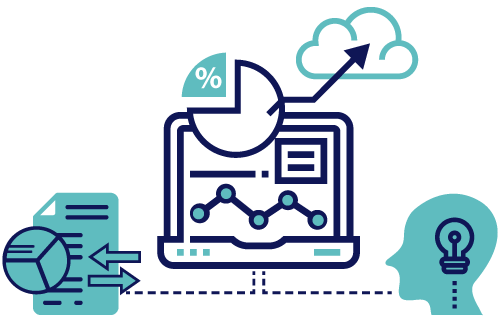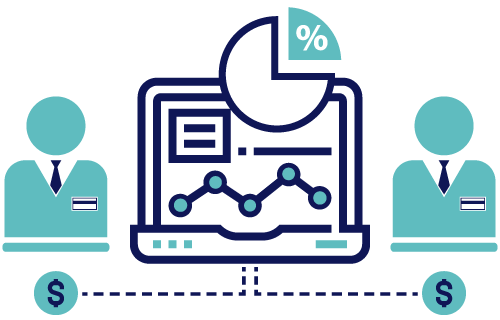Sustainability Reporting – No Longer Just A Legal Necessity
Sustainability reporting is not only a legal necessity, but more importantly, it affects your brand and share price. Investors, particularly the younger generations take your sustainability record into account when making investment decisions and if you are not reporting it properly through your sustainability reporting, then you are on the back foot in comparison your competitors who are probably shouting out about their sustainability efforts and initiates. This is not the time to be quiet about the good work you are doing.
Your company’s impact, contribution and how it conducts itself to the preservation and wellbeing of the environment and society (Environmental, Social and Governance) ESG or (Economic, Environmental and Social) EES now plays a key role more than ever before.
The integration of sustainability into a business does have a positive impact on a company, enhancing its operations, finance, investment, innovation and risk management, but as already mentioned it also helps establish and elevate the companies long term brand value and reputation above its competitors in the eyes of potential stakeholders/investors.
As with an Annual Report, Sustainability Reports also need to have a clear, engaging story and message. Covering your approach to sustainability, your strategy, performance, competitiveness, continuity and values. The report needs to be one that is understandable to stakeholders and investors through clear written and visual communications.
There are 3 types of Sustainability Reporting that a company can consider that comes with their own advantages, disadvantages and challenges:

1. SUSTAINABILITY SECTION WITH AN ANNUAL REPORT
Advantages: This option is the easiest to implement, is best suited for companies that are still new at sustainability reporting, have a small sustainability program or have limited resources.
Disadvantages / Challenges: Being part of the Annual Report means that the Sustainability Report is just another section in a report that has a different purpose and objective. The focus and attention that the Sustainability Report requires / deserves is not there and therefore the advantages and value of integrating sustainability into the company and its DNA is lost on stakeholders/investors.

2. DEDICATED SUSTAINABILITY REPORT
Advantages: Shows the company’s commitment to sustainability to stakeholders and potential investors. It also allows for the sharing of more details and makes it easier for stakeholders to find the information that they are interested in such as processes, data, results, progression etc.
Disadvantages / Challenges: Requires real commitment to sustainability from the company to generate a reasonable amount of content with value to justify a separate report on Sustainability.

3. PART OF AN INTEGRATED REPORT
Advantages: Really demonstrates the company’s commitment to sustainability greater than that seen through a dedicated Sustainability Report. It also reinforces how sustainability it is at the core of the business and it’s DNA.
Disadvantages / Challenges: Does require a very high level of commitment to not just sustainability but also to integrated reporting and thinking.
If the idea behind integrating sustainability into a company is to preserve, contribute to the health and wellbeing of the environment and society, is it not ironic that we still find Annual Reports and Sustainability Reports continuing to be printed on paper instead of going 100% digital!



